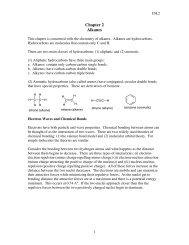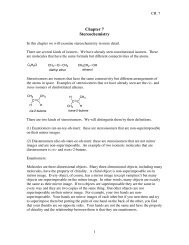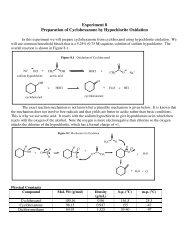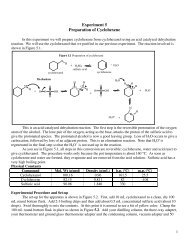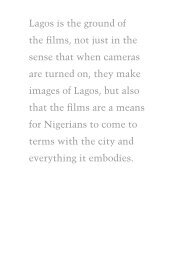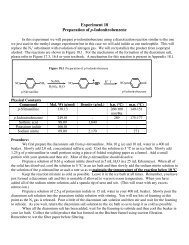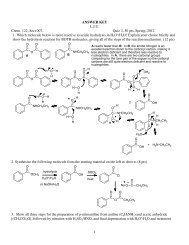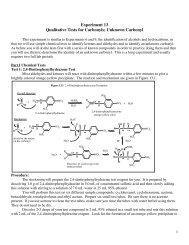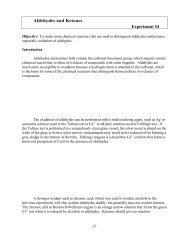Collective and Elective Ethnicity: Caste Among Urban ... - myweb
Collective and Elective Ethnicity: Caste Among Urban ... - myweb
Collective and Elective Ethnicity: Caste Among Urban ... - myweb
You also want an ePaper? Increase the reach of your titles
YUMPU automatically turns print PDFs into web optimized ePapers that Google loves.
616 Aliethnographers may not have had access to. But as a Syed, I was perhapsexcluded from certain types of information, since respondents may haveassumed that I held some factional affiliation. I did not feel that my beinga Syed excluded me, as no one I interacted with asked about my caste untilI inquired about his or hers, which usually did not occur until well into theinterviews. My caste was never a factor with people I interacted with moreclosely. I also had to fight the assumptions that because I am Hyderabadi(or at least my parents are), I understood the rituals <strong>and</strong> underlying socialmeaning of different events. Usually this was not the case. I became jealous ofwhite, Western ethnographers I met during field research because they oftenwere treated better than I under the assumption that they were ignorant <strong>and</strong>needed to be instructed in detail. However, there were many things that Iwas privileged to be told or shown from which they were led away.Another possible limitation of this study is gender bias. The peopleI interviewed were disproportionately male; only 33 of the 188 people interviewedwere women. Gender segregation is the norm among Muslimsin Hyderabad, <strong>and</strong> for a male to interview women to whom he is not relatedis problematic. I usually interviewed women in the presence of peoplewith whom they felt comfortable, which seemed to minimize this problem.I found that the responses I received did not differ substantially by gender(see Table II).The generalizability of this study to other cities in the Indian subcontinentmay also be problematic. Hyderabad is unique for its legacy of Muslimrule <strong>and</strong> its large Muslim population. <strong>Caste</strong> has historically not been as importantan institution in Hyderabad as it has been in north India, <strong>and</strong> so weshould expect that it will be less important today. Politically, Hyderabad isthe only place in India where there is a viable Muslim political party, <strong>and</strong> thishas had a great effect on the shaping of ethnic identities. Further, Muslimsmigrate from Hyderabad at rates that are likely higher than almost any otherplace in India, save for the state of Kerala. While these factors point to theuniqueness of Hyderabad, the analysis I pursue in this paper is based on astrategy of examining how changes in resource structures affect ethnic identity<strong>and</strong> how people go about the business of negotiating <strong>and</strong> constructingidentities. This same framework can be used to make comparisons with othercities <strong>and</strong> villages, examining the effects of different resource structures onethnic formations. The same strategy should be useful in examining variationin other places, <strong>and</strong> times, <strong>and</strong> different types of ethnic formation.ACKNOWLEDGMENTSI am grateful to Murray Milner Jr., Karen Leonard, Ravindra Khare,Milton Vickerman, Paul Kingston, Christopher Lee, <strong>and</strong> Michael Uzendoski



